Balochistan Chief Minister Sarfraz Bugti signaled of nearly 2,000 teachers to be terminated belonging to various ranks due to their habitual absenteeism.
This decisive action was the outcome of a comprehensive meeting convened by CM Bugti within the education department. The meeting aimed to tackle the persistent issue of absent teachers, address the challenges faced by dysfunctional educational institutions and introduce reforms.
To alleviate the shortage of teachers in schools, CM Bugti has directed the appointment of teachers on a contractual basis. The chief secretary of Balochistan will complete the termination of absentee teachers within a specified timeframe of two months.
Moreover, the meeting also focused on evaluating the literacy rate in the province and ensuring that essential facilities are provided to public educational institutions. Various other issues plaguing the education sector also came under comprehensive discussion comprehensively.
In order to enforce teacher attendance rigorously, the government has proposed the implementation of biometric attendance systems in educational institutions. Initially, this initiative will pilot in Dera Bugti and Musakhail districts before scaling up to cover all districts.
Additionally, CM Bugti emphasized the inclusion of representatives from local bodies in district education groups to monitor and ensure teacher compliance with their designated work schedules.
Furthermore, Bugti underscored the government’s commitment to depoliticize the education department. He also stressed that future appointments of teachers and officers would strictly adhere to merit-based criteria.
Bugti also addressed the troubling issue of non-operational schools. He highlighted cases where unauthorized individuals and feudal lords misused facilities, despite teachers and staff receiving salaries.
During the meeting, detailed insights were provided regarding the educational landscape of the province. It comprises approximately 80,000 teachers and 7,000 single-room schools. Additionally, around 3,300 schools were currently dysfunctional, indicating the pressing need for systemic reforms and interventions.

